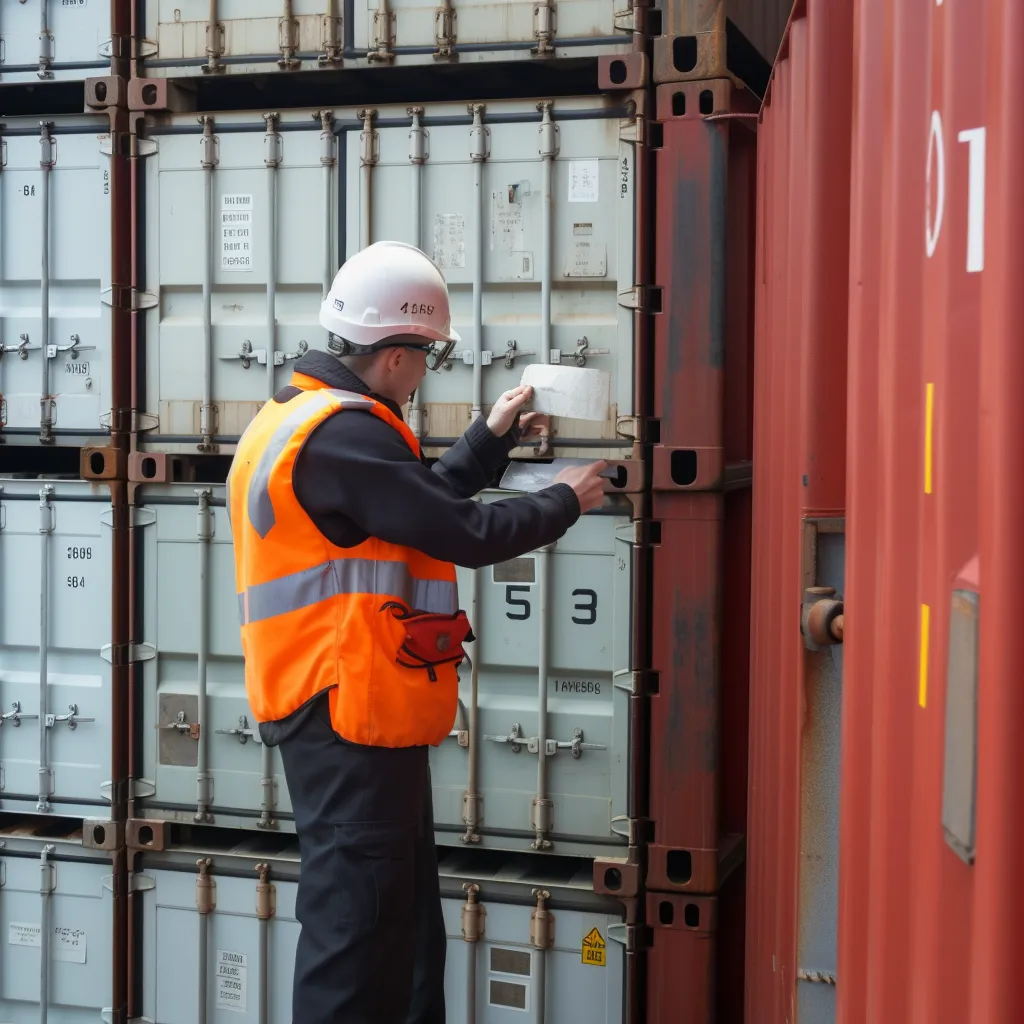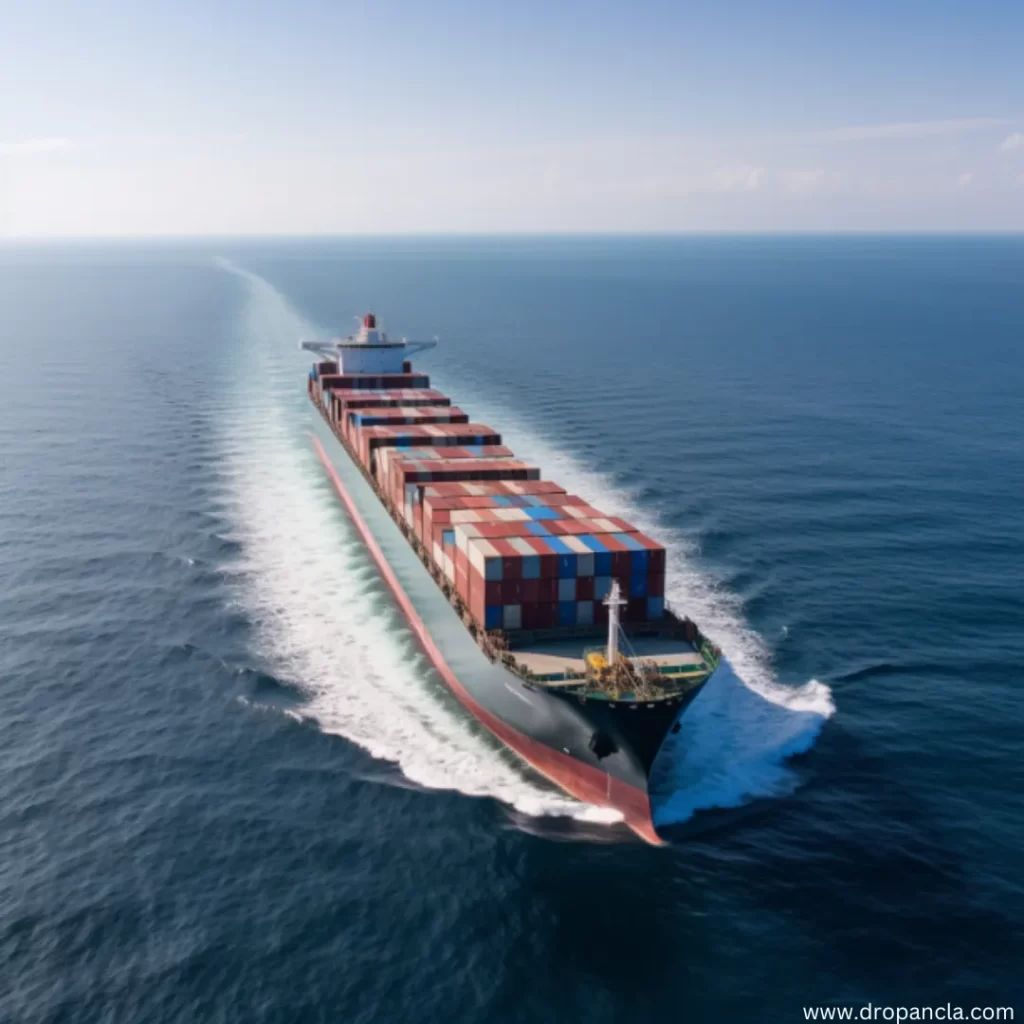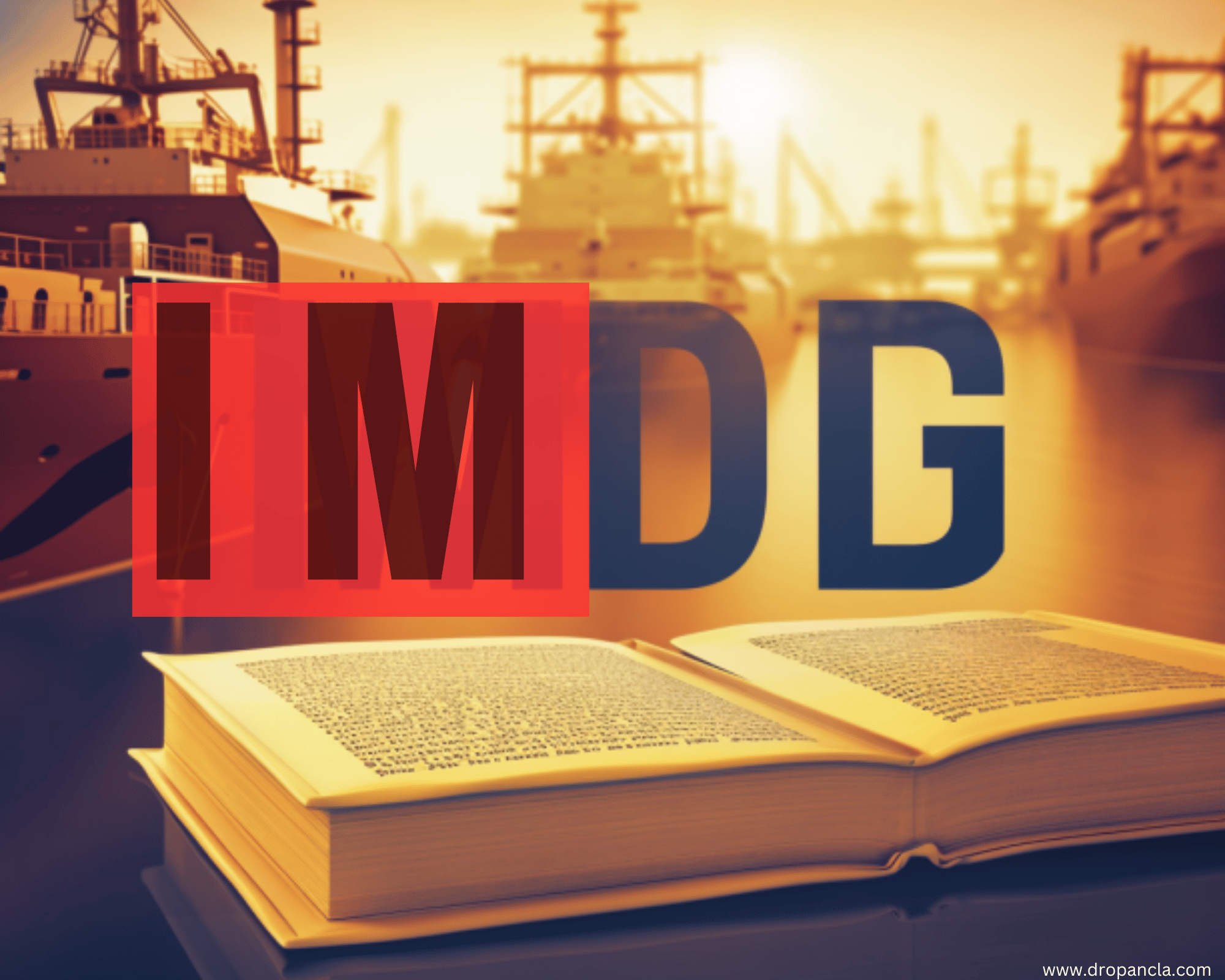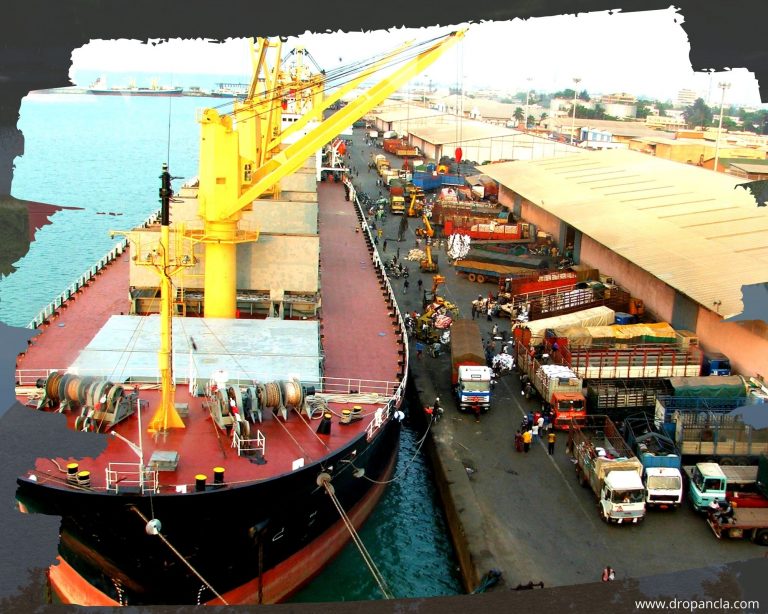Navigating The World Of International Maritime Dangerous Goods: An Overview Of The IMDG Code
Safely transporting dangerous goods by sea is a critical concern for the shipping industry and the global community. International regulations, such as the International Maritime Dangerous Goods (IMDG) Code, play a vital role in ensuring these goods’ safe and effective transportation. This article will explore some of the significant features of the IMDG Code and its role in regulating the transport of dangerous international maritime goods.
How the IMDG Code protects against international maritime dangerous goods?
International maritime dangerous goods refer to any items or substances that, when transported by sea, could threaten the safety of the crew, the ship, or the environment. The International Maritime Organization (IMO) regulates these goods through the IMDG Code.
IMDG Code
If you are involved in the maritime transport of dangerous goods, you must be familiar with the international maritime dangerous goods code. The IMDG Code is a set of rules and regulations that governs the safe and environmentally sound carriage of dangerous goods by sea. It covers packing, labeling, documentation, stowage, segregation, handling, emergency response, and training.
History
IMO first adopted the IMDG Code in 1965 as a recommendatory instrument. Since then, numerous changes have been made to incorporate new scientific and technical information and keep up with the changing requirements of the business. In 2002, it became mandatory under the international convention for the protection of maritime life (SOLAS), one of the most important treaties for maritime safety. The IMDG Code also implements some provisions of the international treaty for preventing ship pollution (MARPOL), which aims to prevent marine pollution from harmful substances carried in packaged form.

Volumes
The IMDG Code consists of two volumes. Volume 1 contains general provisions, definitions, training requirements, and security provisions. Volume 2 contains information on individual substances, materials, or articles classified as dangerous goods according to their physical or chemical properties or potential hazards to human health or the environment. The IMDG Code also includes a supplement that contains additional guidance material such as a medical first aid guide, reporting procedures, emergency response cards, and labels.
Categories
The IMDG Code classifies dangerous goods into nine categories based on the type of danger they pose. These categories include,
- Explosives
- Gasses
- Flammable liquids
- Flammable solids
- Oxidizing substances
- Toxic substances
- Infectious substances
- Radioactive materials
- Miscellaneous dangerous goods.
Each category further divides into different classes and divisions, each with its rules and requirements for packaging, labeling, and stowage. The IMDG Code divides explosives into six divisions based on their level of danger. It classifies flammable liquids according to their flashpoint (the lowest temperature at which they emit enough vapor to ignite).
Latest IMDG Code
The latest edition of the IMDG Code is Amendment 41-22 which comes into force on 1 January 2024 and may be applied voluntarily from 1 January 2023. It introduces some significant changes, such as
new entries for lithium batteries and vehicles powered by flammable liquids or gasses
- revised provisions for radioactive material
- updated special provisions for various classes of dangerous goods
- new marking requirements for limited quantities
- new packing instructions for aerosols
- new segregation codes for cargo transport units
- new editorial corrections and clarifications
IMDG Code is an essential legal requirement.
The international maritime dangerous goods code also sets out requirements for training personnel involved in transporting dangerous goods, including ship’s crew, shore-based personnel, and packing and loading staff. These requirements ensure that everyone involved in the transportation process has the knowledge and skills to handle dangerous goods safely and effectively.
Packaging and labeling
One of the IMDG Code’s most important aspects is its packaging and labeling requirements. Dangerous goods must be packaged to prevent leaks, spills, or other accidents during transportation. The packaging must also be marked with the proper shipping name, hazard class, identification number, and additional relevant information, such as handling instructions and emergency contact information.
Protection during maritime transport of dangerous goods

The IMDG Code is a legal requirement and a best practice for ensuring safety and environmental protection during the maritime transport of dangerous goods. It helps prevent accidents, injuries, fatalities, fires, explosions, and pollution incidents resulting from improper handling or carriage of dangerous goods. It also facilitates trade by providing a common language and standardization for all parties involved in this sector.
IMDG Code also sets out rules for the stowage of dangerous goods on board ships. You must stow dangerous goods to minimize the risk of damage or interaction with other goods or materials on board. For example, you must separate incompatible substances from each other to prevent the possibility of a dangerous reaction.
How can you comply with IMDG Code?
To comply with the IMDG Code, follow its rules carefully and keep updated with its amendments. You must also undergo appropriate training with dangerous goods according to your role and responsibilities. Moreover, you need to use reliable sources of information. There you can refer to official publications from IMO or authorized distributors when referring to or applying the IMDG Code.
Conclusion
The international maritime dangerous goods code ensures that dangerous goods are transported safely by sea. Its detailed rules and regulations help to minimize the risk of accidents and protect the safety of the crew, the ship, and the environment. Shipping companies and other organizations transporting dangerous goods can help ensure that their operations are conducted safely and responsibly by following these rules and regulations.





